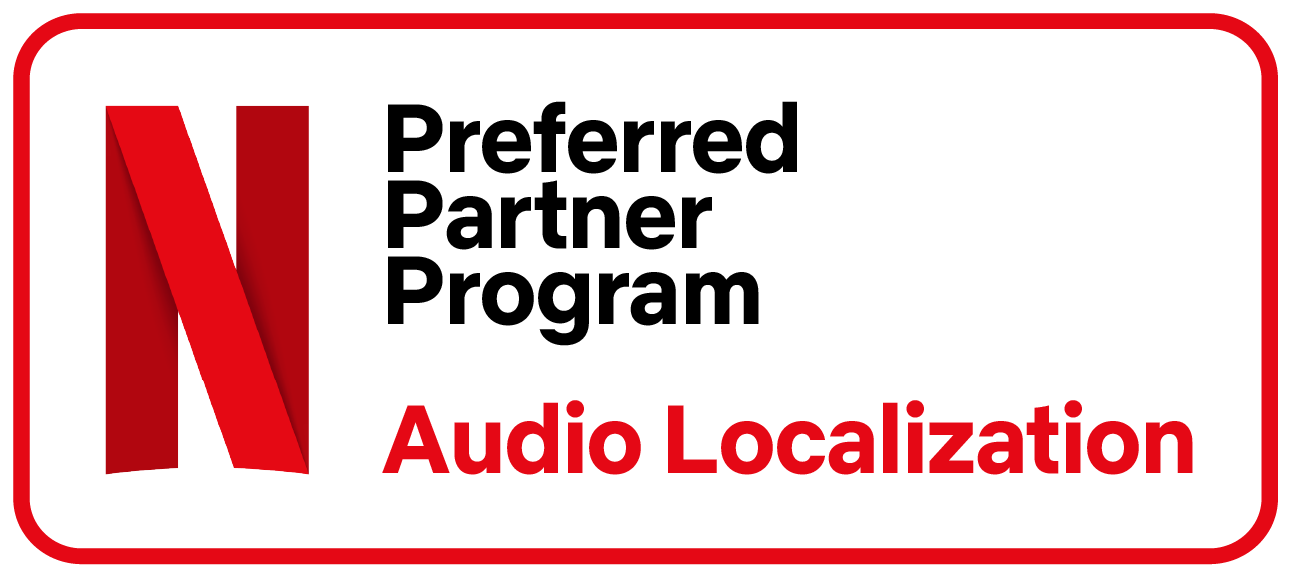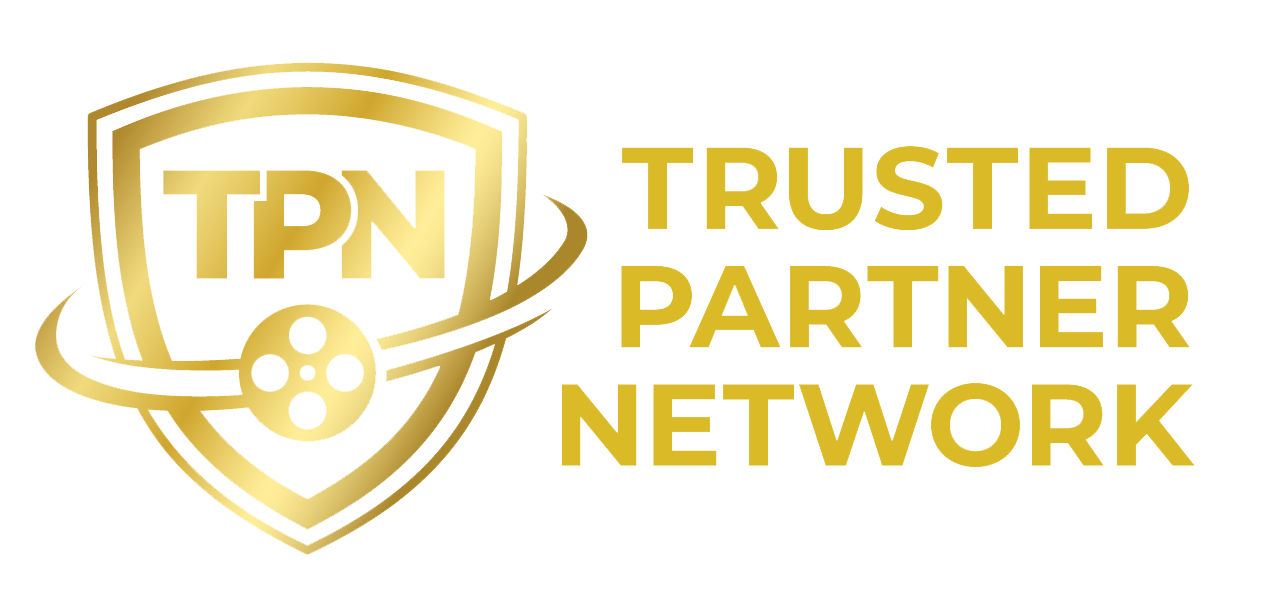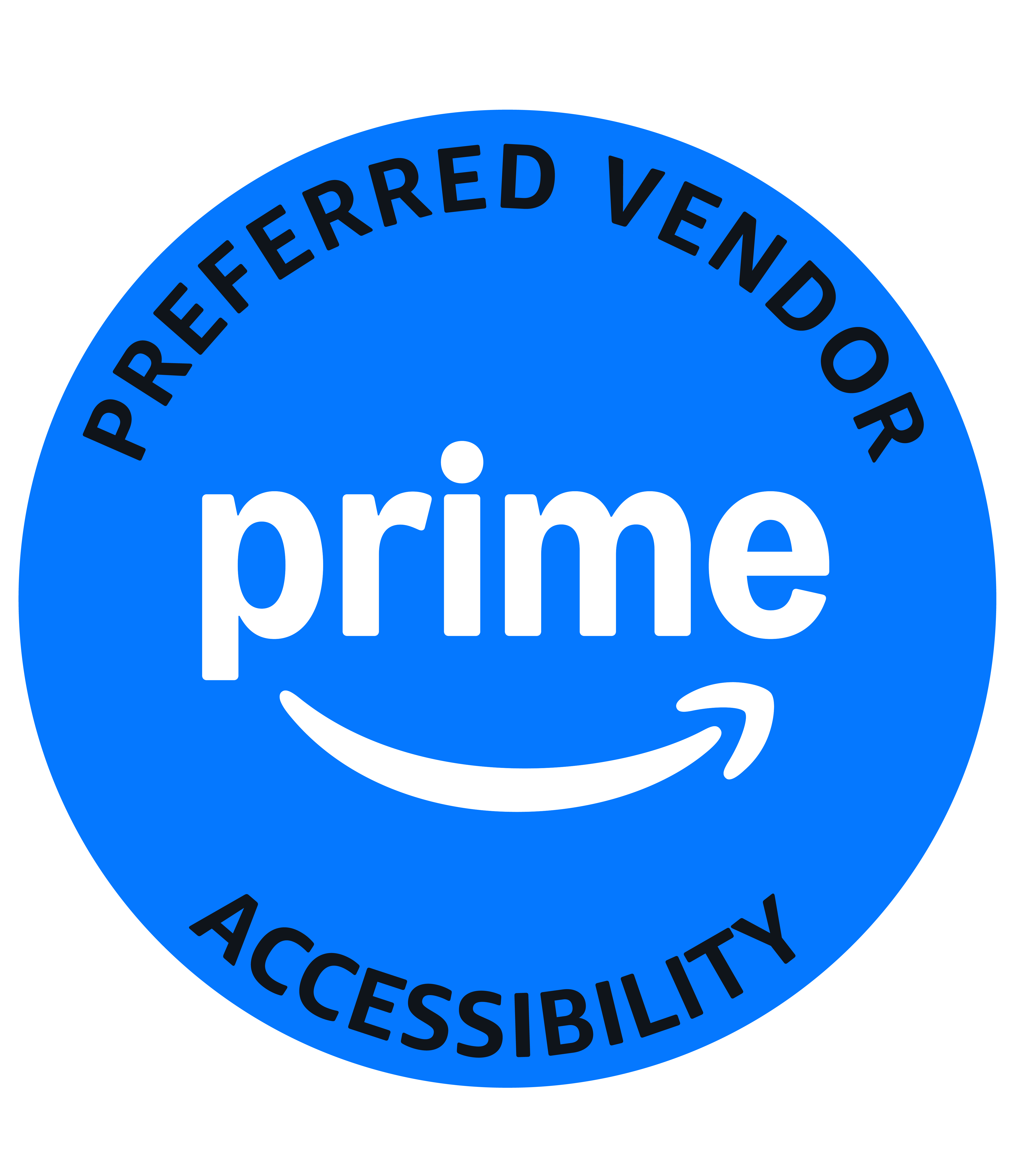Over the many years we've been providing quality described video services we have maintained our position as one of the best in the business by not being afraid to learn and adapt. It is from our continued relationships with organizations in the blind community, producers, production companies and broadcasters that we have been able to see approaching trends and in some cases, even influence them! However, for any company wanting continued success, one cannot underestimate what can be learned from those already in one's organization.
This past week Descriptive Video Works threw down the gauntlet for its staff to experience what each others jobs entail and the results provided us all with a fun evening of socializing but more importantly, an excellent learning experience and appreciation for what each of us brings to every audio description project that comes through our door.
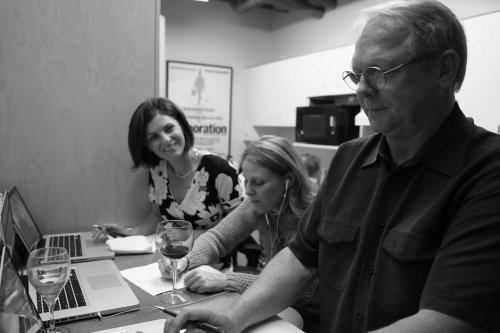
Descriptive Video Works President and CEO, Diane Johnson, didn't quite go as far as letting the staff run the company for a week (that's work best left to the experts…) but she did have the team job-swap on two crucial elements of the video description process - the writing and the narration. With so many laptops spread out, our studio began to look like an Apple Store as our voice talent were tasked with writing a section of audio description for the TV show "The Liquidator". Meanwhile, elsewhere in the studio, our writing staff took turns in the sound booth attempting to record perfect descriptive video for a segment of the TV drama series "Arctic Air".
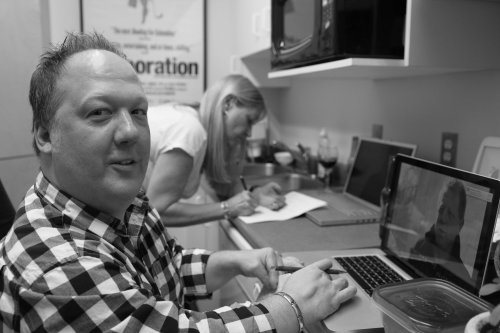
For our professional voice talent faced with writing description, there were a couple of surprises. It goes without saying that significant writing talent is required in order to bring to life the visual elements of a TV program or movie when describing it for the blind but it also requires meticulous attention to detail, consistency and economy of language. This, even for a show with a lot of dialogue such as "The Liquidator", can take a lot of time and patience and this was the biggest surprise for our narrators in their role-swapping experience.

Next door, our writers got to see what our voice talent go through when recording the completed described video scripts in our sound booth. The first thing one is struck by is the isolation of being in a sound proof environment and the awkwardness that comes from "performing" and having ones voice recorded. In terms of the specific process that we go through with descriptive video, our writers were particularly taken aback at the multi-tasking side of things - when recording, our narrators have both the script and the program itself in front of them and must split their vision between the two all the while speaking clearly and succinctly without missing a beat. For our writers, understanding first-hand how their written choices can affect the job of our narrators was an invaluable experience.
Following the writing and recording sessions the team re-convened and asked questions, shared their impressions and even a few trade secrets (several of our narrators sing on their way to the studio!). In attendance was Rosamund Van Leeuwen who has been blind since the age of two and who heads up Descriptive Video Works' research and development team. Our job-swap experience was given a wonderful context as Rosamund shared her insights on the process as an end-user, the audience our work is focused on.

A great team-building exercise, our job-swap evening also highlighted for all of us at Descriptive Video Works how much time and dedication goes into describing movies and TV for the blind. Closed Captioning is mandatory on all programming whereas only a small percentage of descriptive video is mandatory. Whereas Closed Captioning can be produced at a rapid rate, descriptive video requires a very different set of skills and a lot more time and dedication. Since it takes more to produce, does this mean it should be any less important when there are more than 30 million people in North America alone who can benefit from described video? We think not. If you'd like to see more programming available for the blind, you can help by introducing to your friends to what we do at Descriptive Video Works because as we discovered with our job-swap this week, there's a lot to gain from sharing one another's experiences.
Follow us on Facebook or on Twitter to learn more or visit our website.

